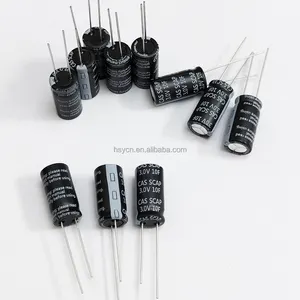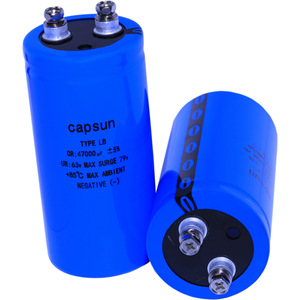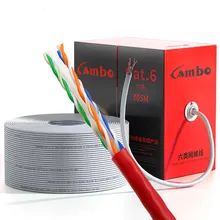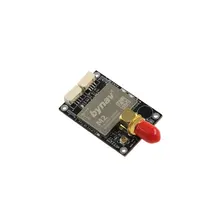Understanding the 40V Super Capacitor
The 40V super capacitor stands as a pivotal component in modern electronics, offering a unique combination of high energy density and rapid charging capabilities. This category of capacitors is particularly significant for applications requiring quick bursts of power or as a backup energy source in various electronic devices.
Types and Configurations
Super capacitors, especially those rated at 40 volts, come in various types, including aluminum electrolytic capacitors and double-layer capacitors. Each type serves a specific function, with some designed for high-frequency operations while others are tailored for energy storage and pulse power delivery.
Applications of 40V Super Capacitors
The versatility of 40V super capacitors is evident in their wide range of applications. They are commonly integrated into consumer electronics, where they provide power stabilization and memory backup. Additionally, their high energy efficiency makes them suitable for use in home appliances, where they can help in reducing energy consumption.
Features and Materials
A 40V super capacitor is characterized by its construction materials, which include high-grade electrolytic substances and advanced electrode materials. These materials are chosen for their ability to withstand high voltage operations while maintaining capacitance stability over time.
Advantages of Using 40V Super Capacitors
The primary advantage of using a 40V super capacitor lies in its rapid charge and discharge cycle, which is essential for applications that demand quick energy transfers. Furthermore, these capacitors exhibit long operational lifespans and are capable of functioning under a broad range of temperatures, making them reliable components in various electronic devices.
Choosing the Right 40V Super Capacitor
Selecting the appropriate 40V super capacitor involves considering factors such as capacitance value, size, and terminal type. Through-hole variants are available for those seeking traditional mounting methods, ensuring compatibility with a wide array of circuit designs.










































 浙公网安备 33010002000092号
浙公网安备 33010002000092号 浙B2-20120091-4
浙B2-20120091-4